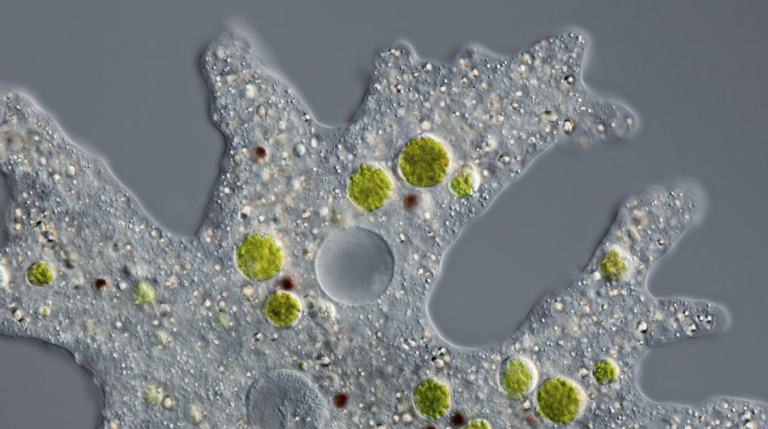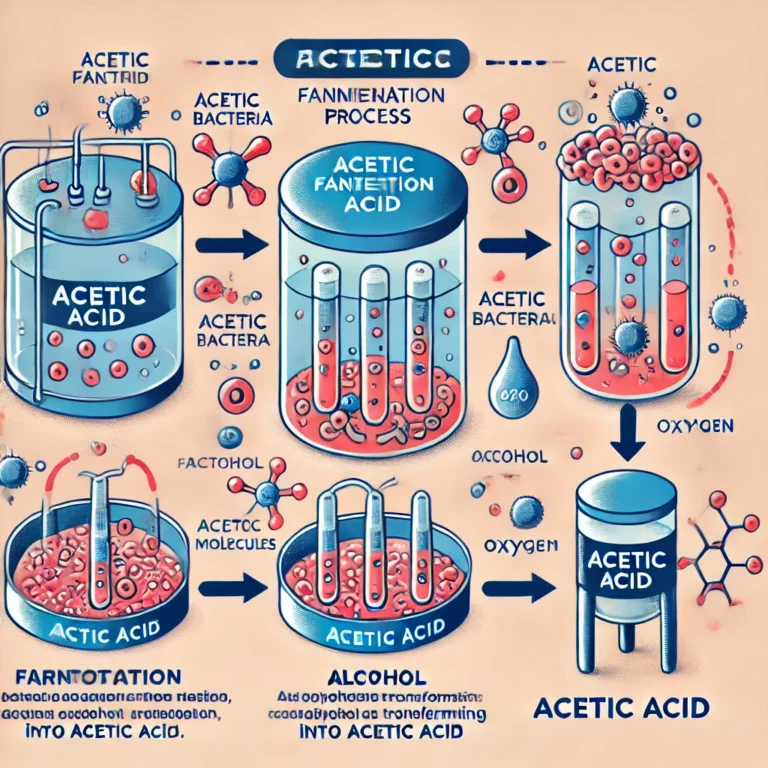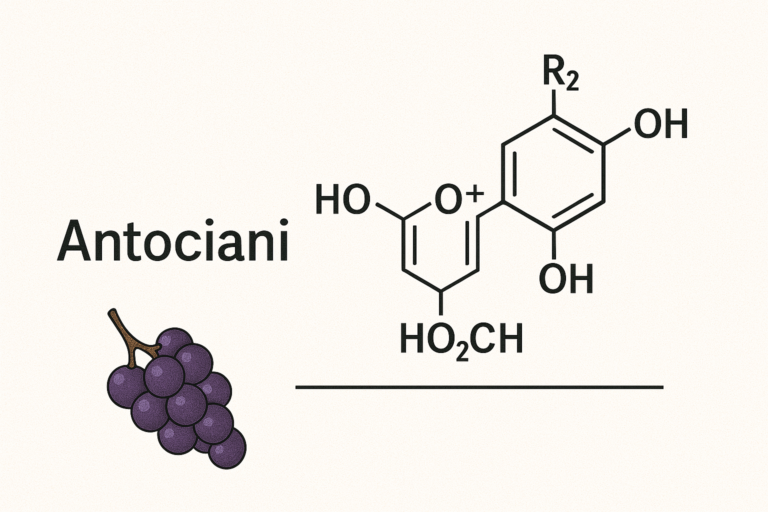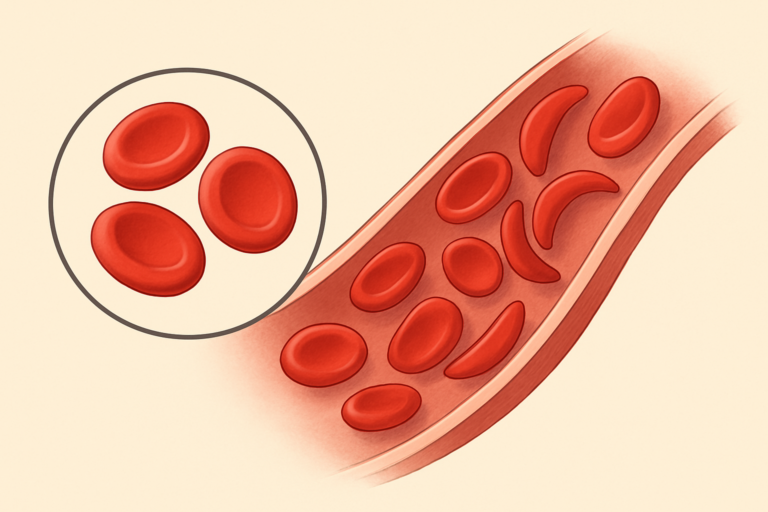Albinism is a genetic condition characterized by a reduced amount or complete absence of melanin pigment in the skin, hair, and eyes or in the eyes alone. This condition is associated with a number of vision abnormalities and is caused by a mutation in one of several genes. Let’s take a detailed look at this condition, exploring its causes, symptoms, types, and the potential treatment options available.
Causes of Albinism
Albinism is primarily caused by mutations in one of several genes that produce or distribute melanin (Gronskov et al., 2007). Each of these genes provides instructions for making one of several proteins involved in the production of melanin by melanocytes, cells that produce and distribute the pigment.
Melanin plays a crucial role in the development of certain optical nerves, and a reduction in this pigment can lead to misrouting of these nerve signals (Kamaraj & Purohit, 2014). Albinism is an inherited condition, typically following an autosomal recessive inheritance pattern. This means that both parents must carry the gene mutation for it to be passed on to their children.
Types and Symptoms of Albinism
There are two main types of albinism: oculocutaneous albinism (OCA) and ocular albinism (OA). OCA affects the skin, hair and eyes, while OA primarily affects the eyes.
OCA is further classified into seven types (OCA1-7) based on different genetic causes. The severity of pigmentation loss and associated visual problems vary with the type of OCA. OCA1, for example, is characterized by a complete loss of melanin early in life, leading to white hair and very light skin, while others, like OCA2, may have slight pigmentation (Montoliu et al., 2014).
Ocular albinism mainly affects the eyes, causing vision problems like reduced sharpness, rapid, involuntary eye movements (nystagmus), and increased sensitivity to light (photophobia).
Diagnosis and Treatment of Albinism
Albinism is usually apparent in a person’s skin, hair, and eye color, and can be confirmed through genetic testing. Vision problems associated with albinism can often be corrected through visual aids, surgery, or by adapting to lighting conditions.
While there’s no cure for albinism, people with this condition are advised to protect their skin and eyes from the sun, given their increased risk for skin and eye damage from sunlight exposure. Regular skin checks for signs of skin cancer and other abnormalities are also recommended (Creel et al., 2004).
Research and Future Perspectives
Research into albinism continues to uncover more about this complex genetic disorder. Recent studies have discovered new genes responsible for albinism and are now investigating the potential of gene therapy in managing this condition (Onojafe et al., 2011).
While albinism poses certain challenges, individuals with this condition can lead normal lives with proper care and support. Greater awareness and understanding of albinism are vital in dispelling myths and reducing stigma associated with this condition.
Conclusion
Albinism is a complex genetic condition that affects the production of melanin, leading to a range of symptoms from skin and hair discoloration to vision problems. Although there is no cure, with proper management and protection from the sun, individuals with albinism can lead healthy, fulfilling lives. The ongoing research into the genetic basis of this condition brings hope for future therapeutic options.
References
Creel, D., Summers, C.G., & King, R.A. (2004). Visual Anomalies Associated with Albinism. Ophthalmic Paediatrics and Genetics, 5(3), 175-200.
Gronskov, K., Ek, J., & Brondum-Nielsen, K. (2007). Oculocutaneous albinism. Orphanet Journal of Rare Diseases, 2, 43.
Kamaraj, B., & Purohit, R. (2014). Mutational analysis of oculocutaneous albinism: a compact review. Biomed Research International, 2014, 905472.
Montoliu, L., Grønskov, K., Wei, A.H., Martínez-García, M., Fernández, A., Arveiler, B., Morice-Picard, F., Riazuddin, S., Suzuki, T., Ahmed, Z.M., Rosenberg, T., & Li, W. (2014). Increasing the complexity: new genes and new types of albinism. Pigment Cell & Melanoma Research, 27(1), 11–18.
Onojafe, I.F., Adams, D.R., Simeonov, D.R., Zhang, J., Chan, C.C., Bernardini, I.M., Sergeev, Y.V., Dolinska, M.B., Alur, R.P., Brilliant, M.H., Gahl, W.A., & Brooks, B.P. (2011). Nitisinone improves eye and skin pigmentation defects in a mouse model of oculocutaneous albinism. The Journal of Clinical Investigation, 121(10), 3914–3923.







